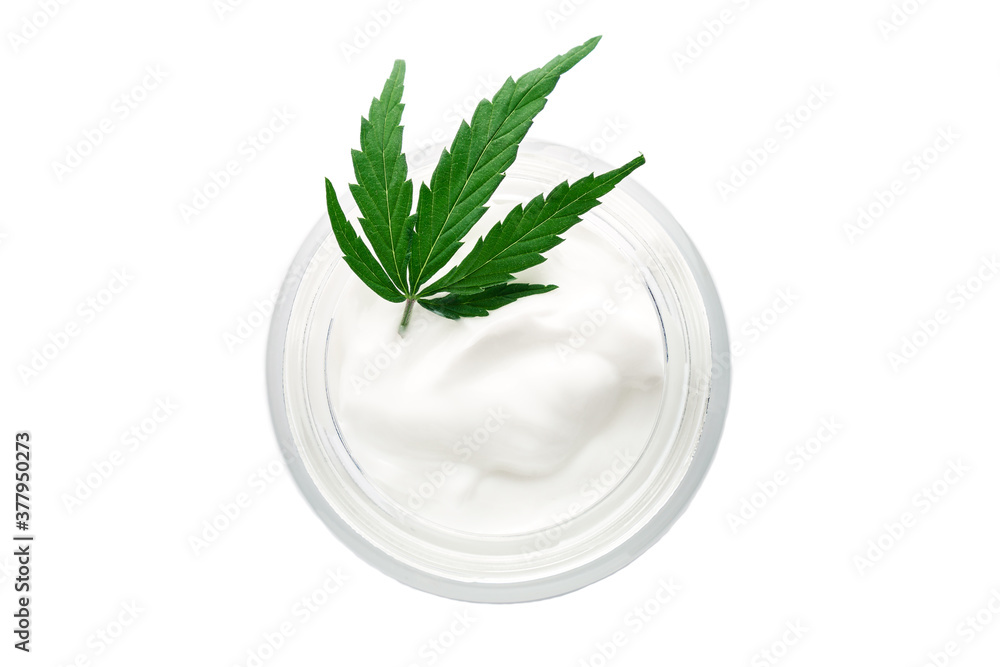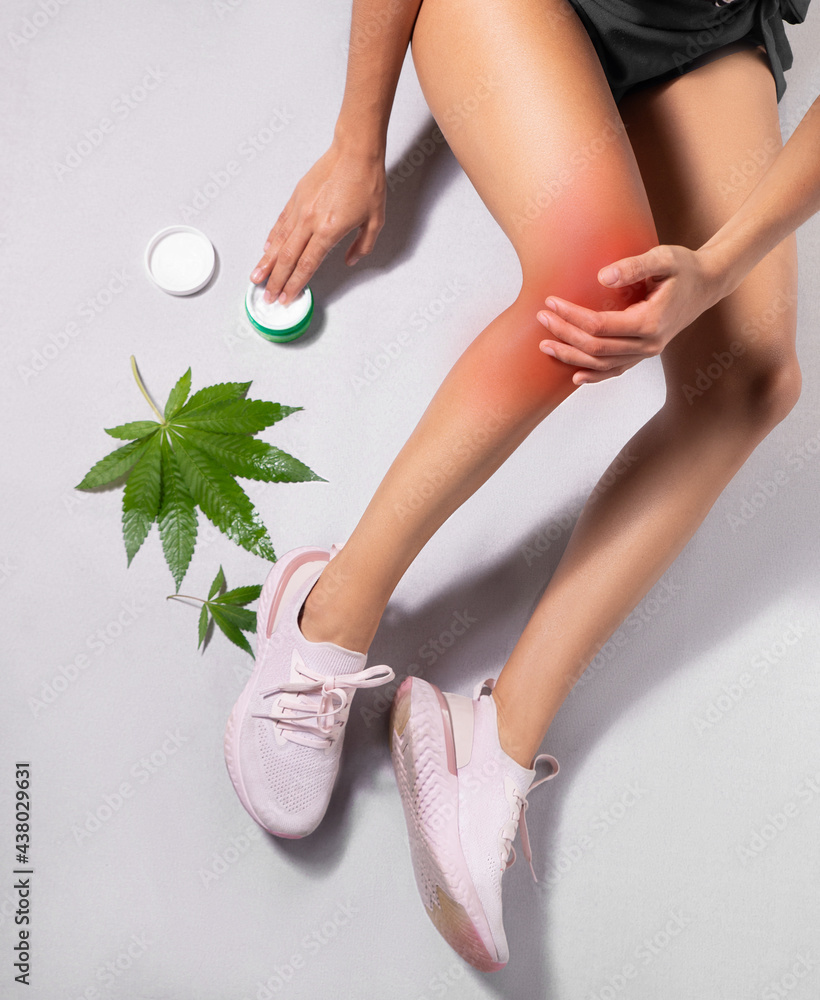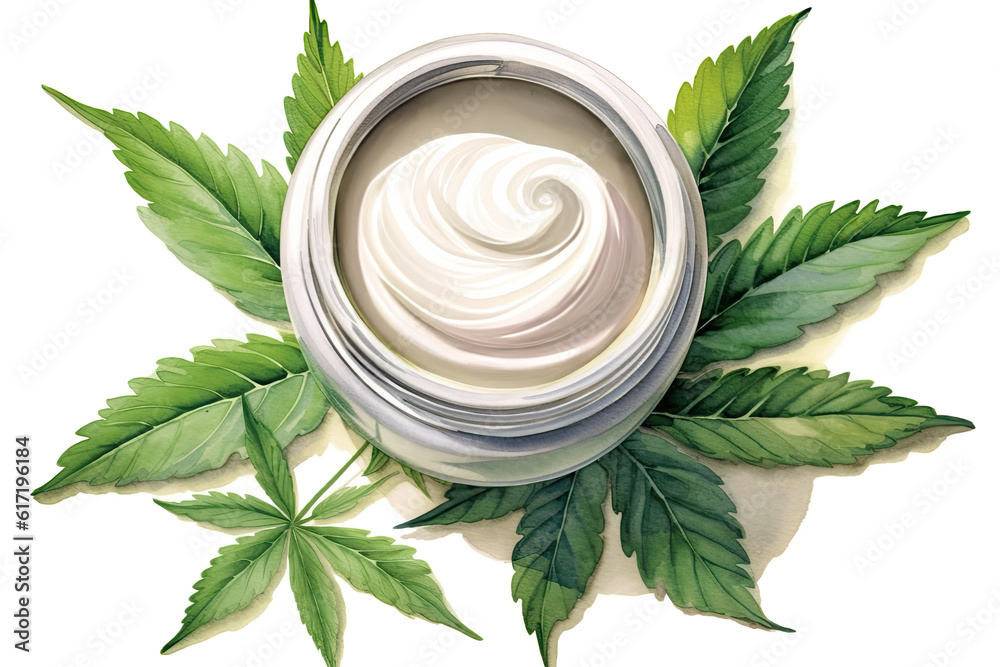Best CBD Oil for Neck and Shoulder Pain Relief – 2023 Guide
In recent years, CBD oil has gained immense popularity for its potential to alleviate various health issues, including chronic pain, perhaps from a car accident or an immune system disorder, or other medical condition. Neck and shoulder pain are common complaints among people of all ages, and those seeking natural remedies have turned to CBD oil for relief. This comprehensive guide will explore the best CBD oil options available in 2023 for neck and shoulder pain relief, shedding light on the science behind it, the legal landscape, and its potential hemp lotion benefits.
Understanding CBD: Derived from the Cannabis Sativa Plant
CBD, short for cannabidiol, is a compound derived from the Cannabis sativa plant. While it is a part of the cannabis family, it’s essential to distinguish CBD from its more notorious cousin, THC (tetrahydrocannabinol), which is responsible for the psychoactive effects of marijuana. CBD, on the other hand, is non-psychoactive and doesn’t induce the “high” associated with marijuana use. It is usually mixed with a neutral compound that holds the oil for better spreadability.
The Cannabis sativa plant contains two primary subspecies: hemp and marijuana. CBD is typically extracted from hemp plants because they have a higher CBD content and lower THC levels, ensuring that the resulting CBD products meet legal standards. Extracts are an effective way to deal with shoulder and neck pain.
Scientific Research: What Does the Science Say?
CBD’s potential to relieve pain and inflammation has piqued the interest of researchers worldwide. Numerous studies have explored its mechanisms and efficacy in treating various health conditions, including chronic pain in the neck and shoulders.
One of the key ways CBD interacts with the body is through the endocannabinoid system (ECS). The ECS plays a vital role in regulating various bodily functions, including pain perception. CBD interacts with ECS receptors, potentially reducing pain signals and inflammation.
A study published in the European Journal of Pain in 2016 found that topical CBD application significantly reduced pain and improved the quality of life in people with chronic pain conditions. This research suggests that CBD may indeed be a promising option for managing neck and shoulder pain.
State Laws vs. Federal Government: The Legal Landscape
The legal status of CBD in the United States can be confusing due to the conflicting laws at the state and federal level. As of my last knowledge update in September 2021, CBD derived from hemp containing less than 0.3% THC is legal under federal law. However, individual state laws vary, and some states may have stricter regulations or outright bans on CBD products. For an overall understanding about the emergence of CBD oil products one should read about the 2018 Farm Bill, which opened the door to much scientific research and development.
It’s crucial to check the specific laws in your state regarding CBD to ensure compliance. Additionally, since laws can change, it’s advisable to stay updated on the latest legal developments in your region.
CBD Creams: A Topical Solution
When it comes to targeting localized pain, such as neck and shoulder discomfort, CBD creams have gained popularity. These topical products combine the potential pain-relieving properties of CBD with other ingredients like menthol or camphor, which provide a cooling or warming sensation to further alleviate discomfort.
CBD creams are applied directly to the affected area, allowing for targeted relief. The skin absorbs the CBD, and it may interact with local cannabinoid receptors to provide relief.
Health Conditions Associated with Neck and Shoulder Pain
Neck and shoulder pain can result from various health conditions, including:
- Muscle Tension: Prolonged sitting, poor posture, or overexertion can lead to muscle tension in the neck and shoulders, causing pain.
- Arthritis: Conditions like osteoarthritis or rheumatoid arthritis can lead to joint pain in the neck and shoulders.
- Nerve Compression: Conditions like herniated discs can compress nerves in the neck and cause radiating pain.
- Fibromyalgia: This chronic condition can cause widespread musculoskeletal pain, including in the neck and shoulders.
- Injuries: Accidents or injuries, such as whiplash or sports injuries, can result in neck and shoulder pain and complications with the digestive system.
Shoulder pain could be related to a subluxation and stroke recovery.
CBD Oil: A Holistic Approach to Pain Management
In addition to topical CBD creams, CBD oil is another popular option for pain management. CBD oil is typically taken orally, and it can have systemic effects throughout the body. This makes it suitable for addressing not only localized pain but also more widespread discomfort associated with conditions like fibromyalgia.
CBD oil is available in various forms, including tinctures, capsules, and edibles. The choice of product depends on individual preferences and the specific pain condition being addressed.
Muscle Relaxants and CBD: A Synergistic Approach
Muscle relaxants are commonly prescribed to relieve neck and shoulder pain, especially when muscle tension is the primary cause. CBD may complement the effects of muscle relaxants by promoting relaxation and reducing muscle spasms.
A 2020 review published in the “Journal of Clinical Medicine” discussed the potential of CBD as a muscle relaxant. While more research is needed, the existing evidence suggests that CBD may have muscle-relaxing properties that could be beneficial for those dealing with neck and shoulder pain.
Chronic Pain Management: CBD’s Role
Chronic pain, such as that experienced in the neck and shoulders, can be debilitating and impact one’s quality of daily life. Traditional pain management approaches often involve prescription medications, which may come with side effects and the risk of dependency. CBD offers an alternative, holistic approach to chronic pain management.
One of the key advantages of CBD in chronic pain management is its relatively low risk of addiction or dependency compared to opioids and other strong pain medications. Additionally, CBD may help reduce inflammation, which is often a contributing factor in chronic pain conditions.
The Dangers of Muscle Relaxants: Unveiling the Hidden Risks
Introduction
Muscle relaxants, often prescribed to alleviate pain and discomfort associated with muscle spasms and musculoskeletal conditions, can be both a blessing and a curse. While they offer relief to many, these drugs come with a range of potential dangers that are often underestimated. In this article, we will delve into the hidden risks associated with muscle relaxants and why it is crucial to use them cautiously and under medical supervision.
Understanding Muscle Relaxants
Muscle relaxants are medications primarily designed to target the central nervous system, reducing muscle spasms and tension. They are commonly prescribed for conditions such as back pain, neck pain, and muscle injuries. Two main types of muscle relaxants are available: antispasmodic drugs and neuromuscular blockers. Antispasmodic drugs act on the central nervous system, while neuromuscular blockers work directly on the muscles themselves.
The Hidden Dangers
- Sedation and Impaired Cognitive Function: Muscle relaxants often cause drowsiness and can impair cognitive function. Operating heavy machinery or driving while under the influence of these drugs can be extremely hazardous. It is crucial to heed warning labels and medical advice to avoid accidents.
- Risk of Dependency: Some muscle relaxants can be habit-forming, leading to physical and psychological dependency. This is especially concerning when patients use them for extended periods. Dependence can result in withdrawal symptoms when attempting to stop taking the medication, leading to a vicious cycle of use.
- Interaction with Other Medications: Muscle relaxants can interact with other medications, including opioids and alcohol, potentially intensifying their effects. This combination can lead to respiratory depression and other life-threatening complications.
- Tolerance and Reduced Effectiveness: Over time, the body can build tolerance to muscle relaxants, necessitating higher doses for the same effect. This increased dosage can increase the risk of adverse side effects and dependency.
- Potential for Abuse: In some cases, muscle relaxants are used recreationally, leading to misuse and abuse. This can have severe consequences for both physical and mental health.
- Overdose: Taking muscle relaxants in excess can lead to overdose, which can be fatal. Symptoms of an overdose may include difficulty breathing, loss of consciousness, and severe drowsiness.
- Withdrawal Symptoms: Stopping muscle relaxants abruptly can lead to withdrawal symptoms such as anxiety, muscle spasms, and insomnia. It is essential to taper off these medications under medical supervision to mitigate these effects.
Safe Usage and Alternatives
To minimize the dangers associated with muscle relaxants, it is crucial to follow medical advice closely. Patients should:
- Communicate with their healthcare providers: Inform your healthcare provider about any existing medical conditions, medications, or substances you are taking to help them make the safest treatment decisions.
- Follow dosage instructions: Never exceed the prescribed dosage, and take the medication exactly as directed by your healthcare provider.
- Avoid alcohol and other central nervous system depressants: Combining muscle relaxants with alcohol or other drugs that depress the central nervous system can be extremely dangerous. Always consult your healthcare provider before combining medications.
- Regularly review the treatment plan: Discuss with your healthcare provider whether continued use of muscle relaxants is necessary or if alternative treatments, such as physical therapy or non-prescription pain relief options, can be explored.
- Ask your physical therapist about the potential benefits of cbd cream for pain relief or any medical condition.
Potential Benefits of CBD for Neck and Shoulder Pain
While CBD’s potential benefits for neck and shoulder pain are still being studied, here are some potential advantages that have been reported anecdotally and in preliminary research:
- Pain Relief: CBD may help reduce pain perception and provide relief from muscle tension and inflammation.
- Anti-Inflammatory: CBD’s anti-inflammatory properties may help alleviate pain associated with arthritis and other inflammatory conditions.
- Muscle Relaxation: CBD may promote muscle relaxation, reducing tension and spasms in the neck and shoulders.
- Improved Sleep: Chronic pain can disrupt sleep patterns. CBD may help improve sleep quality, which is crucial for pain management and overall well-being.
- Fewer Side Effects: Compared to some prescription medications, CBD is associated with fewer side effects and a lower risk of dependency.
- Stress Reduction: Stress and anxiety can exacerbate pain. CBD may have calming effects that help reduce stress and improve overall comfort.
CBD is an effective way of relieving pain without the aforementioned risks that come with muscle relaxants. The mg of cbd necessary will vary from product to product. Always get medical advice from a qualified doctor or health professionals, who can provide the right treatment options.
The Best 6 CBD Oils for Neck and Shoulder Pain Relief in 2023
When choosing a CBD oil for neck and shoulder pain relief, it’s essential to consider factors such as product quality, dosage, and personal preferences. Here are some highly-rated United States CBD oil brands that you can consider in 2023:
- Charlotte’s Web: Known for its high-quality CBD products, Charlotte’s Web offers a range of CBD oils suitable for pain management.
- CBDistillery: This brand is known for its affordability and a wide variety of CBD oil products, including full-spectrum and isolate options.
- NuLeaf Naturals: NuLeaf Naturals specializes in full-spectrum CBD oils, which contain a broader range of cannabinoids and terpenes for potential enhanced benefits.
- Joy Organics: Joy Organics offers premium CBD oils with various flavors and potencies, catering to different needs and preferences.
- Royal CBD: Royal CBD is known for its transparency and high-quality CBD extracts sourced from organic hemp.
- CBDEssence provides highly absorbable forms of CBD (lipsomal).You need optimal absorption in order to get all the inflammatory properties.
Before starting any CBD product, it’s crucial to consult with a healthcare professional, especially if you have underlying health conditions or are taking medications. They can provide guidance on dosage and potential interactions.
Conclusion
CBD oil has emerged as a promising natural remedy for neck and shoulder pain relief in 2023. While scientific research continues to explore its efficacy, many individuals have reported positive results in managing their discomfort. However, it’s essential to navigate the legal landscape surrounding CBD and choose reputable brands for the best possible experience. The hemp plant is God’s gift to pain sufferers or those with muscle tension.
Remember that CBD is not a one-size-fits-all solution, and individual responses may vary. It’s wise to consult with a healthcare provider to determine the most suitable CBD product and dosage for your specific needs. With the right approach, CBD oil may offer a holistic and effective solution for those seeking relief from neck and shoulder pain in the year 2023 and beyond. Personal note: My elder brother told me about hemp cream – This stuff really works!
Stock up today and put it to the test! stop the pain and take control of your life. Try one of the best CBD oils and solutions for neck and shoulder pain.



